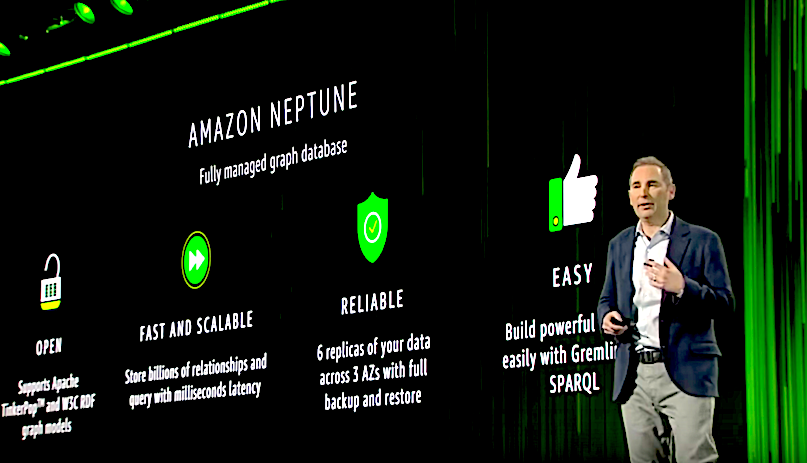 BIG DATA
BIG DATA
 BIG DATA
BIG DATA
 BIG DATA
BIG DATA
Graph technology has been the next big thing in the enterprise database market for longer than I can remember. It certainly doesn’t lack for dogged evangelists who tout graph as the silver bullet for practically every advanced computing application.
So why hasn’t graph technology broken into the enterprise mainstream? Many major data platform vendors now offer graph-based solutions. But you’d be forgiven if you can’t remember who offers commercially available graph databases, what those solutions are called, or how they differentiate from the competition. Some big-data companies, such as Cloudera Inc., have gone out of their way to state that they have no plans to offer their own graph database, but will gladly refer you to partners who do.
Graph technology has been amply “validated” by major solution providers, but that somehow has failed to build enthusiasm for the technology beyond a stable core of aficionados. Among the public cloud vendors, the most recent entrant into the graph market was Amazon Web Services Inc. Last November at its annual re:Invent conference, AWS announced Amazon Neptune, a graph database-as-a-service that incorporates intellectual property gained with the prior acquihire of Blazegraph. Here’s AWS Chief Executive Andy Jassy at re:Invent 2017 (pictured) discussing Neptune and graph technology in its larger cloud computing roadmap:
Having attended that event and gained a deep dive on Neptune, I assumed that it was then on the verge of general availability. That was a plausible assumption, given how both IBM and Microsoft in the preceding year had both announced cloud databases that leverage open-source code and support graph data models.
So I was mildly surprised to read this recent ZDNet column and learn Neptune has only now gone into public preview (it was previously in limited review) and likely won’t be available in the AWS cloud until sometime this year. And the market has seemingly shrugged off that delay, as if the entry of the largest public cloud provider into this niche technology is no big deal.
Near as I can tell, AWS remains fully committed to adding Neptune to its bulging portfolio of high-performance cloud data platforms, though it hasn’t done much to evangelize the technology’s applications. All indications are that Neptune, whenever it hits the market for good, will still provide the scalability, performance, management and consumability features that AWS promised late last year.
By anybody’s estimation, Neptune is a high-performance cloud platform for social network analysis, recommendation engines, fraud detections, entity resolution, semantic search and other well-established graph use cases.It has the flexibility to execute graph queries in SPARQL and Gremlin Traversal Language as well as implement property graphs in Apache TinkerPop and knowledge graphs in Resource Description Framework. It is able to store billions of graph relationships with continuous backups to S3, execute low-latency graph traversal queries, integrate transactional and analytic processing, replicate data across availability zones, provide data encryption at rest and in transit, and support full backup and restore. And it is a native graph database rather than, as with Microsoft Corp.’s offerings, simply a graph abstraction layer over a relational or multimodel database.
My sense is that graph technology is more closely aligned with metadata management than data management. As I discussed last year in this Wikibon blog post, graphs exist to express the dynamically shifting connectedness, context and flow of control among edges throughout blockchains, the “internet of things,” and other thoroughly distributed environments.
That’s probably where graph databases will end up in the big-data ecosystem. The technology will be the pervasive enabler for tomorrow’s natively edge-oriented computing fabrics.
THANK YOU